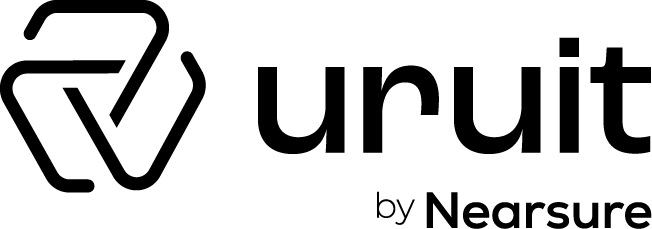Contents
How Can IoT Benefit the Healthcare Industry
IoT is changing the healthcare landscape for the better. This technology provides real benefits to doctors and patients – whether it is through wearable devices or robotic surgeries, these tools are here to stay.
Here are the top 5 examples of how IoT is impacting the healthcare industry:
Remote Patient Monitoring
Perhaps the most well-known benefit of IoT in healthcare is remote patient monitoring. The rise of wearable tech like smartwatches has made it easy for doctors to collect valuable health data from their patients.
For instance, an IoT device can track a patient’s blood pressure, temperature, heart rate, and more – without requiring them to go to their healthcare provider in person. The data is collected and saved in a software application where doctors and patients can access it.
Most systems have impressive reporting capabilities that can show trends, changes in health patterns, and even compare your metrics to the average healthy person in your age group. It can also notify your doctor – and family members – if your numbers exceed a healthy range or drop below a certain level.
Consider an elderly patient that lives alone. If their heart rate drops too low or the IoT device registers a fall, the device can immediately notify a doctor to administer life-saving treatment.
Wearable tech can also encourage people to live a healthy lifestyle. It allows them to track their steps and exercise while competing with their peers, which can lead to improved health for the overall population.
Although the technology is still developing and there is an increasing need to ensure that the data collected is stored securely, the possibilities are endless for these IoT devices.
Improve Connectivity While Reducing Costs
IoT technology can also help improve connectivity between doctors and patients while reducing costs. The best example of this is telehealth – the global COVID-19 pandemic significantly accelerated the growth of this innovation!
People can connect with their doctors through videoconferencing apps and, when combined with remote monitoring, the results can be just as effective as an in-person visit. Insurance payers are continuing to support this movement as well, demonstrating just how major of an impact IoT can have in healthcare.
You may be wondering, how does this support affordability? Well, the use of IoT devices and tools reduces the need for unnecessary visits. It allows doctors and their staff to better utilize their resources too, so they can maximize the number of people they help each day.
Healthcare charts that leverage IoT can also enhance connectivity and boost efficiency. When doctors can use voice commands to input data instantly, they can provide a seamless experience and speed up the documentation process. Think about all the time and resources that could save!
Research Implications
Did you know that IoT can also benefit research in the healthcare industry? These tools and tech collect massive amounts of data. While one patient’s data can help them improve their health, combining the information collected from thousands can give researchers a huge edge.
Normally it can take years to collect that much data by hand. With IoT, doctors and researchers can speed up the time it takes to perform statistical studies. That means that life-saving drugs and procedures can be developed faster so that more patients can be helped.
Simply put, when it comes to research, IoT saves medical institutions time and money. Big data also allows doctors to make better decisions. They can compare their patient’s symptoms to hundreds or thousands of similar cases – which will help them accurately diagnose them and prescribe the right treatments.
As this technology evolves, researchers will be able to learn even more about the health of our population so they can continue to improve.
Robotic Surgeries
While robotic surgeries might seem like something out of a science-fiction film that takes place way off in the future, doctors today are already taking advantage of it. They can use small IoT devices that can travel right into our bodies to perform complex and otherwise risky procedures.
Since these devices do not need to rely on human hands, they can be less invasive and allow patients to heal much faster. Even though they are small, though, they can collect a lot of information – like video and images – to help doctors make the right decisions about how to move forward during the procedure.
For example, surgeons can use robotic devices powered by IoT to remove cancerous tumors and growths in their patients. The robots can complete the procedure from inside the body once they are fed in through a small cut in the abdomen. As a result, patients experience less scarring, reduced surgical risks, and faster recovery times.
Automated Insulin Delivery Tools
Another way that IoT benefits the healthcare industry is through the development of automated insulin delivery systems. These tools, known as AID systems for short, have made life-changing impacts on individuals that suffer from diabetes.
Once the closed-loop insulin device is attached, it will continuously monitor their glucose levels to determine how much insulin they need. Based on these readings, the device will automatically deliver the correct amount of insulin through a pump.
That means that individuals with diabetes no longer need to take a painful finger prick test to gauge their glucose levels. Plus, these IoT devices work 24/7 – even while they sleep! In other words, they can spend a lot more time in range and avoid experiencing severe lows and highs with their blood sugar.
There are dozens of companies that are producing these AID systems, and each iteration is more functional than the last. Most use handheld receivers for their controls, but the end goal is for them to connect to smartphones.
Even so, the IoT capabilities have already improved the lives of many individuals by allowing them to better manage their glucose and insulin levels. Another benefit of this is a reduced burden on the hospitals and doctors since people can more easily prevent episodes that require medical intervention.

These are just a few of the endless possibilities that IoT offers to improve our health. Through technology we can offer easier and faster access to healthcare professionals, like we did with this nutrition and well-being app. And we can go even further if we add Machine Learning to the mix. In fact, that’s one of the biggest trends that are transforming today’s Digital Healthcare industry.


